It’s the first Friday in September! It’s still feeling like the surface of the sun here in Montreal, but I couldn’t resist pulling out this wool piece. I got the obi from Kimono Yuki here during the Yatai food festival, and it seemed like the perfect piece to coordinate with the kimono.
Initially I was going to go with red accessories but I realised I’ve been doing a lot of matchy-matchy stuff and wanted to inject a pop of contrast and colour. I remembered this obijime I received from Kyoto Kimono as a thank-you gift for a project they were doing on Instagram a while back, so I thought now would be an ideal time to use it. To balance everything out I went with this ridiculously cute haneri with a blue base and red and black accents, so everything echoes at least one other part of the coordination.
I am sorry I missed Fudangi First Friday last month, it was just so hot and gross and miserable. Thankfully now that fall really is coming soon, things will eventually cool down and I’ll have no excuses. I also have a bunch of really cool reviews in the works, so be sure to keep an eye out for that.
Items used in this coordination
- Wool Black and Red
- Strawberry Hakata
- Cotton Neko & Inu
- Blue with White Stripe


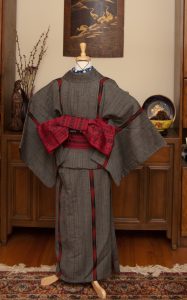
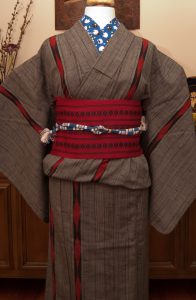
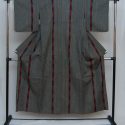
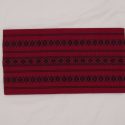

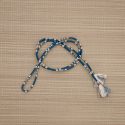
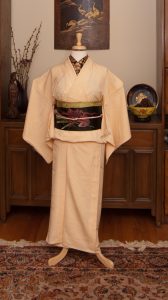
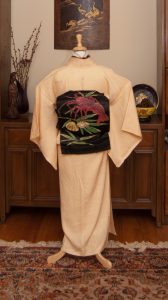
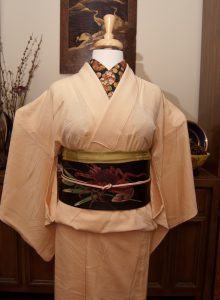
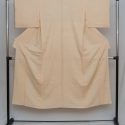
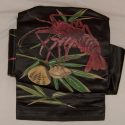
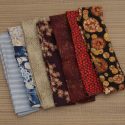
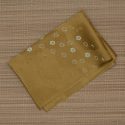
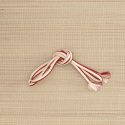

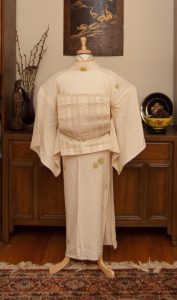
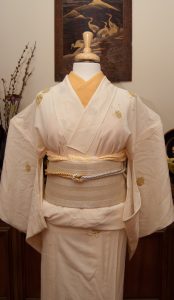
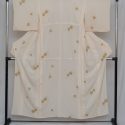

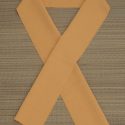

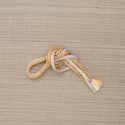
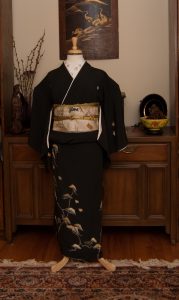
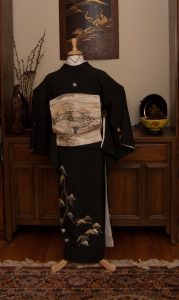
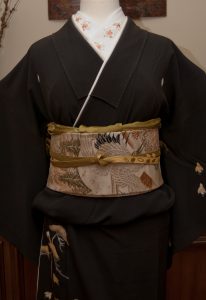
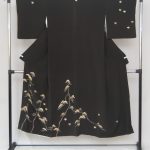

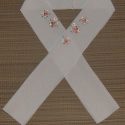
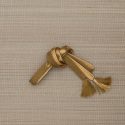

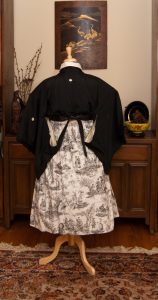
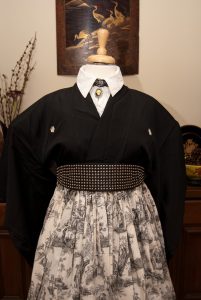











 Bebe Taian
Bebe Taian CHOKO Blog
CHOKO Blog Gion Kobu
Gion Kobu